Rabieshund
TPF Noob!
- Joined
- Jul 11, 2006
- Messages
- 450
- Reaction score
- 0
- Can others edit my Photos
- Photos NOT OK to edit
I'm thinking of buying one of those. It's kinda annoying that I don't have one!
I'm just curious, how long exposures can you get without things getting overexposed? Never used one before, so I don't know much about it really. Can I do like a 20 second exposure in daylight when using an ND filter?
I'm just curious, how long exposures can you get without things getting overexposed? Never used one before, so I don't know much about it really. Can I do like a 20 second exposure in daylight when using an ND filter?


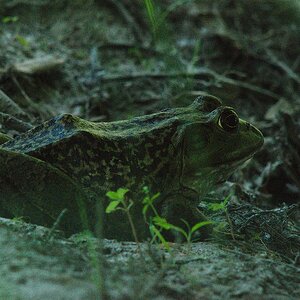
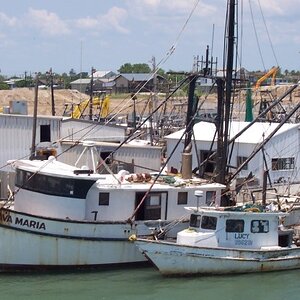
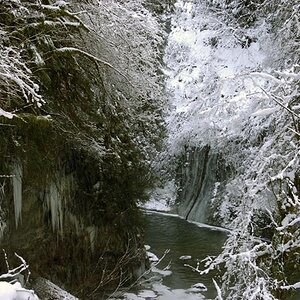
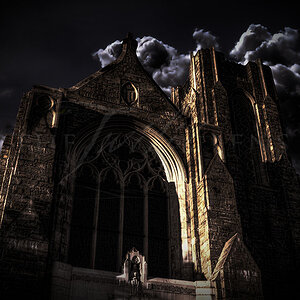
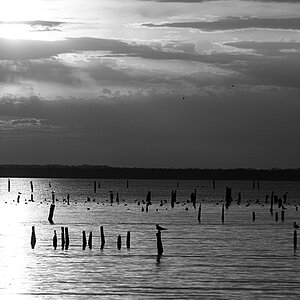
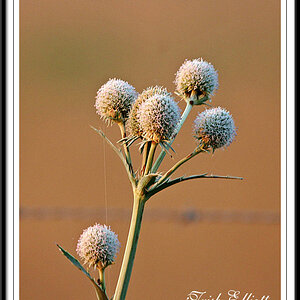
![[No title]](/data/xfmg/thumbnail/38/38292-ab7b4579becf6f3bda3ef5b18219d707.jpg?1619738563)
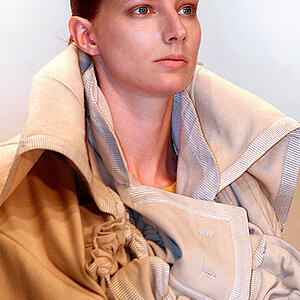
![[No title]](/data/xfmg/thumbnail/37/37522-f67b10bc5ee534f9bc21ee94917445b9.jpg?1619738129)
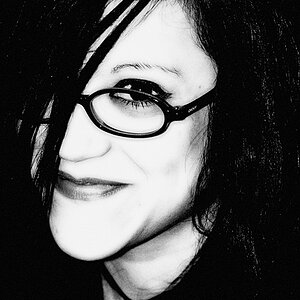
![[No title]](/data/xfmg/thumbnail/34/34120-9085bc65df236ba03977d33a60b852d3.jpg?1619736290)
![[No title]](/data/xfmg/thumbnail/37/37523-291af5748bb3a98408cc748fb81bb365.jpg?1619738129)